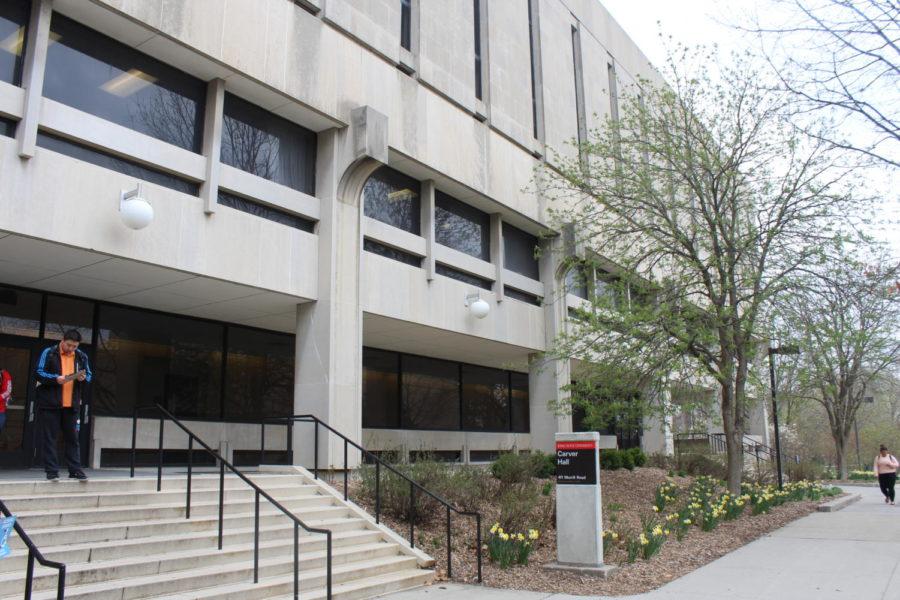Letter: Time to get rid of brutalism on campus
Letter writer Ryan Hurley wishes for “brutalist” style buildings to be torn down and replaced or remodeled.
September 2, 2021
Walking around campus, you will see many beautiful buildings (Beardshear, Lagomarcino, Catt Hall etc.), but you will also see the ugliest, most soul-crushing buildings (Carver, Ross, Music etc.).
These ugly buildings belong to the horrible idea of brutalism, a style of architecture designed after World War 2 to be as cheap as possible. Indeed, they cost less and were quicker to build, but does the same remain true after they’re put up?
No. Concrete makes for poor insulation, which increases heating factors. Maybe brutalist lovers will argue that they can simply install foam which makes it more efficient, but why? At this point, the only right thing to do is to tear down the brutalist buildings and replace them with beautiful buildings that will make people feel better in day-to-day campus life.
Perhaps we will see a revival of the classics soon, a time where artists will paint beautiful Romanticist works, where buildings inspire students, where writing is for the sake of expression rather than for sales. I truly believe that the way things are now is intentionally done for cruelty, where brutalist buildings everywhere depress the soul. We can certainly put up better buildings that give students a more positive idea of campus. Buildings should be beautiful on both the inside and outside. Built for students; built for aesthetics.
After the Ross fire last year, I did have genuine hope that they would rebuild it in a more pleasant style. Keep the name of the building, though, as it is important to remember those who came before us. We could certainly do some theming in the building, connecting it to the Western canon due to its status as an English building.
With a building like Carver, it would seem that we can do more to make it feel connected to campus and with the story of George Washington Carver. Let us look at his work in agriculture and make Carver Hall more reminiscent of rural architecture from the south. This would be more inspiring to students than something that looks like a communist block from Soviet Russia. We can weave history and stories through buildings, yet we choose not to do so. It is time for building a campus based on beauty and health rather than based on cheapness and coldness.
When you have a walk around campus, take a deeper look at the buildings and see how each one makes you feel. It certainly has helped me.







